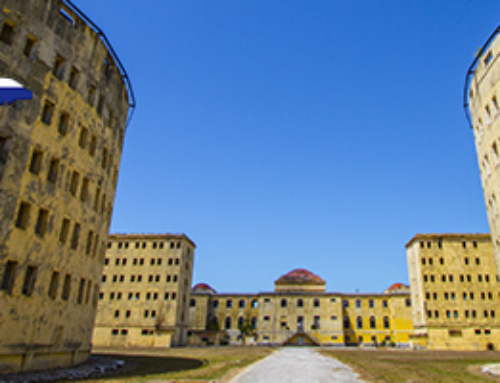The history of the oldest US naval base in Cuba goes back to the Platt Amendment following the Spanish-American War in 1898 that resulted in Europeans losing their last colony in the Caribbean. Senator Orville Platt wanted to legally intervene in Cuban affairs in favour of the US and as a consequence of his actions – the Platt Amendment, passed by the US Senate in 1901 and ratified by the Cuban government, Cuba became obliged to sell or lease lands to the US for coaling or the development of naval stations. The Guantanamo Bay US Naval Base was founded thereafter, however, what is interesting is that although the US removed the law amendment in 1941, the naval base continues to exist down to the present day. The rent for the 120 sq. m. of the Guantanamo Bay Naval Base has remained unchanged since 1920 – 2000 goldern dollars annually, which amounts to 4085 dollars in 1934 and 52 000 today. No opportunity to renegotiate was given to the Cubans, so they stuck to the liability strictly up until 1960 when El Comandante Fidel Castro Ruz decided to put an end to it. In 1959, in his first year as a ruler of Cuba, Fidel Castro cashes the rent check, which was taken by the US as compliance on the Cuban part to proceed with the agreement. Ever since then Cuba has been insisting for the US to withdraw from the base. Even the hundreds of protests and resolutions of the UN have given no result.
The Guantanamo Bay US Naval Base is the only place in Cuba where you can order a sandwich from McDonald’s. Of course, in order to do that, you need to be a member of US armed forces, because otherwise, you would have no right to be in the base, as it is a sovereign territory of the US.
A lot of tourists visit Cuba, but little do they know about the no man’s land south of Guantanamo, situated between the US naval base and the buffer territory next to Caimanera. Around 28 km of naval base metal walls with barbed wire border on a mined buffer land. The access to this zone, of course, is strictly prohibited, but on your way eastward, to Punta de Maisi and Baracoa, you will see a set of Cuban military outfits, built here strategically, as well as a sign: “Threat from US attack”.






